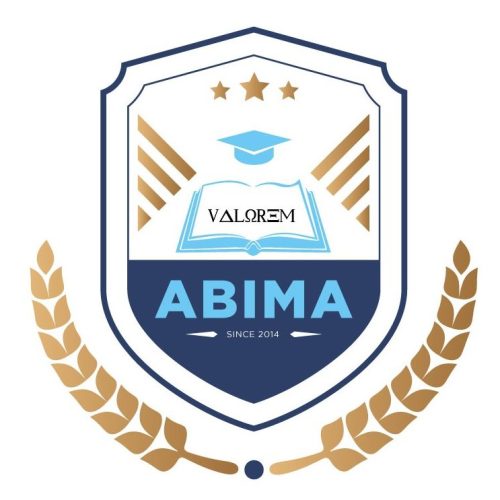In Africa’s journey towards industrial growth and a cleaner energy future, a game-changing solution is quietly making waves, Mini LNG (Liquefied Natural Gas) plants. These compact, scalable, and eco-friendly facilities are paving the way for a future where industries aren’t held back by the constraints of the national grid. They provide not just energy, but the freedom to create, expand, and innovate wherever opportunities arise.
Breaking Free from the Grid
Historically, industrial development has been closely linked to the reach of the national electricity grid. This has left many resource-rich regions underutilized, simply because they lack reliable power sources. Mini LNG plants are here to change that.
By liquefying natural gas on a smaller scale, these plants empower industries to generate their own energy, independent of grid limitations. This means that factories, agro-processing units, and mining operations can now be established in remote or strategically advantageous locations, closer to raw materials, ports, or underserved markets.
Clean, Reliable, and Scalable Energy
Natural gas stands out as one of the cleanest fossil fuels available, emitting significantly fewer pollutants than coal or other heavy fuel oils. Mini LNG plants make this cleaner fuel accessible in areas without existing pipelines, offering:
- A lower carbon footprint
- A stable and predictable energy supply
- Reduced operational costs compared to diesel
These plants are modular, which means they can be quickly deployed and easily expanded. And they can be customized to meet the specific energy needs of industrial users, whether it’s powering machinery or generating electricity.
What Does It Cost to Set Up a Mini LNG Plant?
The cost of setting up a mini-LNG plant can vary based on factors like capacity, location, and technology. However, recent projects in Africa provide some useful insights:
A mini-LNG plant in Nigeria, with a capacity of 7 million standard cubic feet per day (mscfd), was estimated to cost around $27.3 million. Smaller plants, with capacities of about 0.5 million metric tons per annum (MTPA), can be feasible with capital costs below $3,600 per ton of LNG produced.
Setting up a mini-LNG plant is an exciting venture that involves several important steps:
Feasibility Study: First, you’ll want to evaluate the availability of gas, gauge market demand, and determine if the site is suitable.
Technology Selection: Next, it’s time to pick the right liquefaction process. Some popular choices include:
- Single Mixed Refrigerant (SMR)
- Nitrogen Expansion
- Cascade systems
- Regulatory Approvals
Regulatory Approvals: Don’t forget to secure the necessary environmental permits, gas commercialization licenses, and ensure compliance with national energy regulations.
Engineering, Procurement & Construction (EPC): It’s crucial to partner with experienced contractors who can handle plant design, equipment sourcing, and construction.
Financing: You’ll need to put together a funding strategy that combines private investment, support from development finance institutions (DFIs), and government backing.
Commissioning & Operations: Once everything is in place, train your local staff, set up maintenance protocols, and kick off LNG production and distribution.
Industrial Liberty and Economic Impact
The real beauty of mini-LNG is the freedom it brings. Industries can now:
- Select the best locations without waiting for grid connections.
- Manage energy costs and reliability.
- Grow more quickly and sustainably.
This newfound autonomy is a game-changer for industrial players in Africa. It paves the way for new economic zones, boosts job creation, and strengthens local supply chains.
A Future Unbound
Mini LNG plants are not just about energy; they’re about driving progress. They provide a clean, flexible, and independent route to industrialization, aligning perfectly with Africa’s energy transition goals. As governments and investors rally behind this model, mini LNG is set to become a key player in Africa’s industrial future-fueling possibilities wherever they’re needed most.

